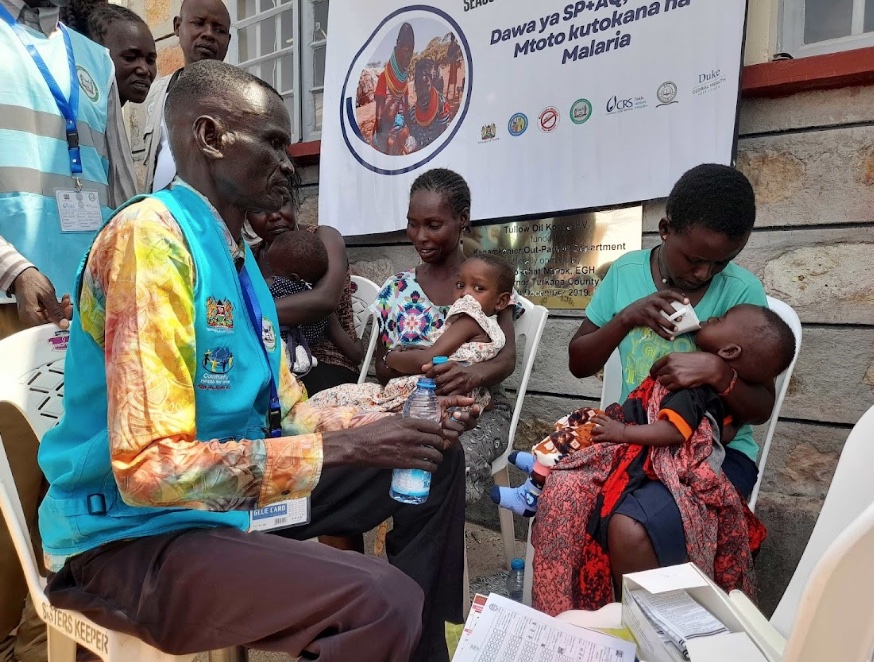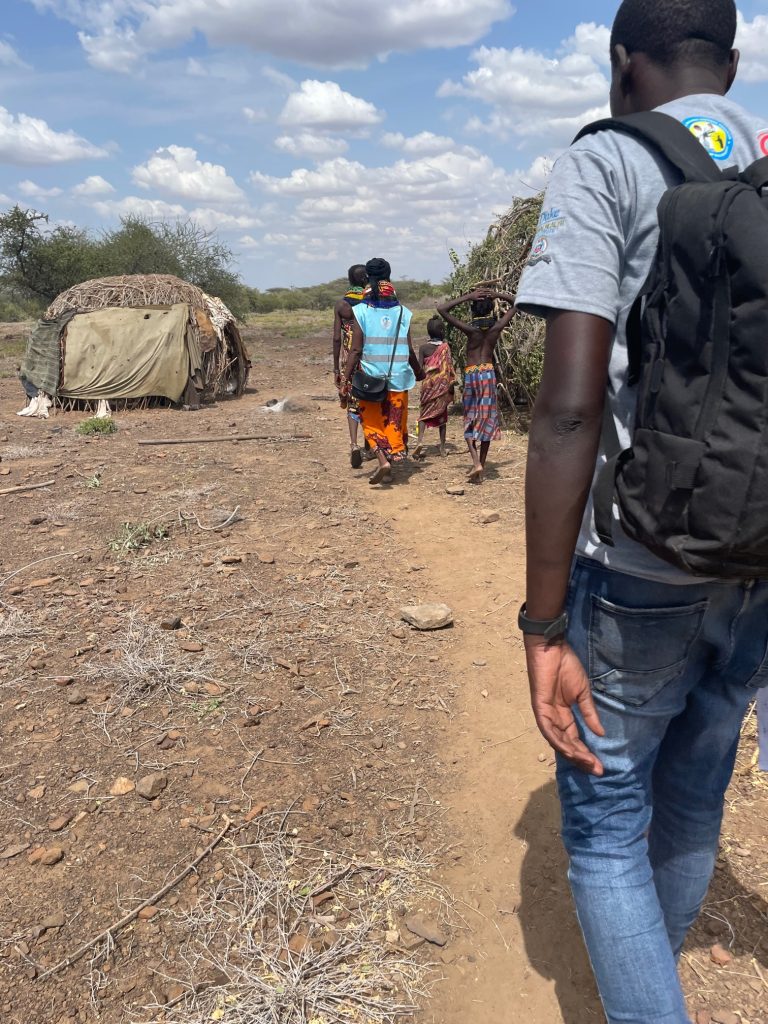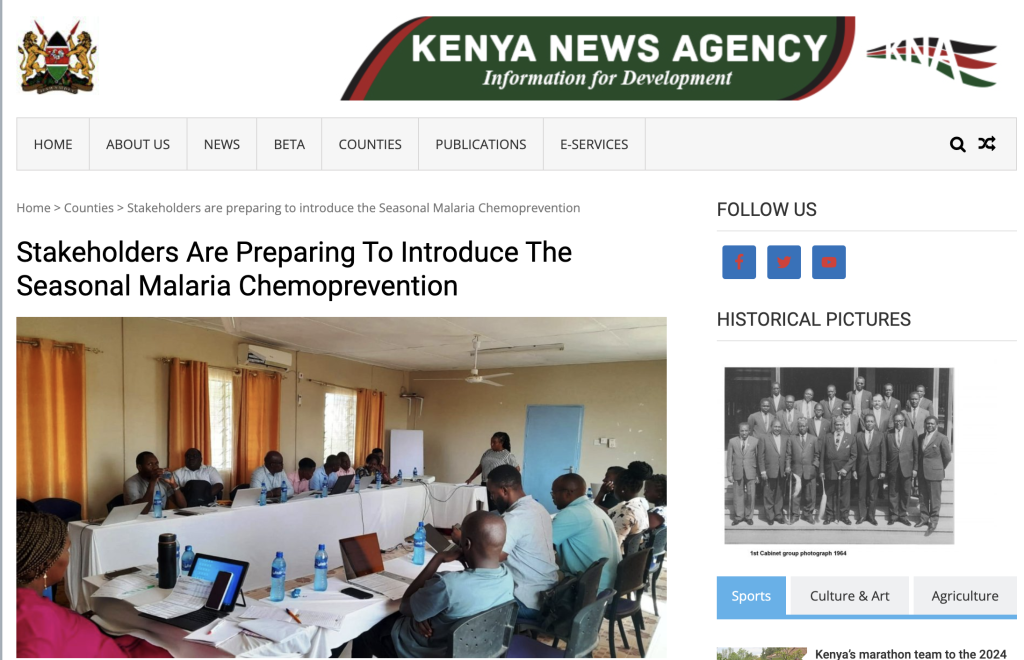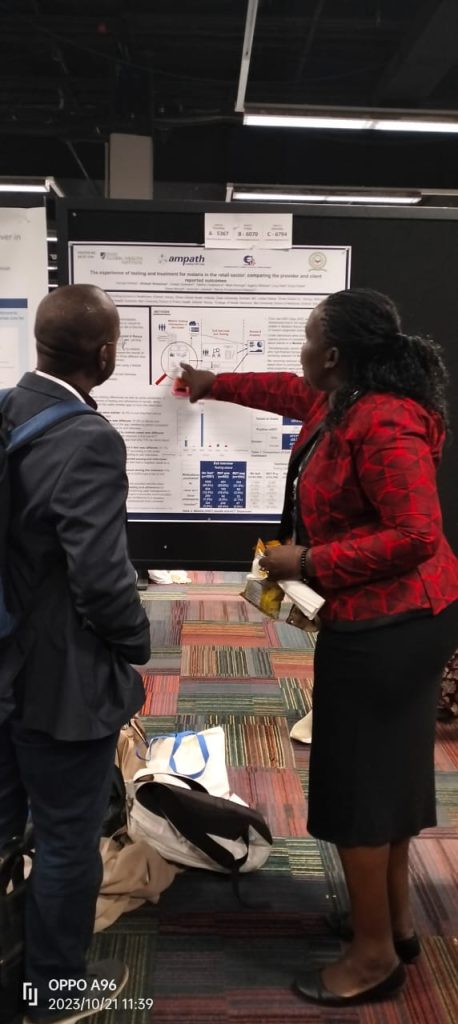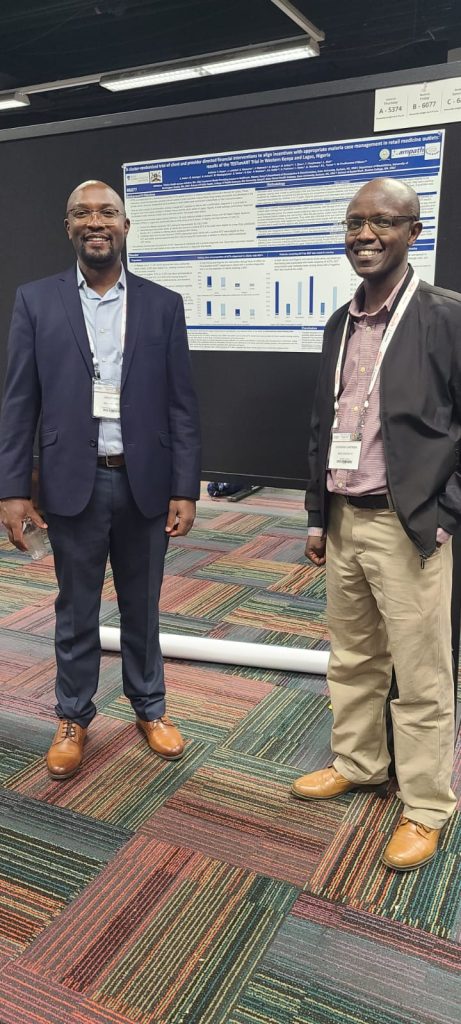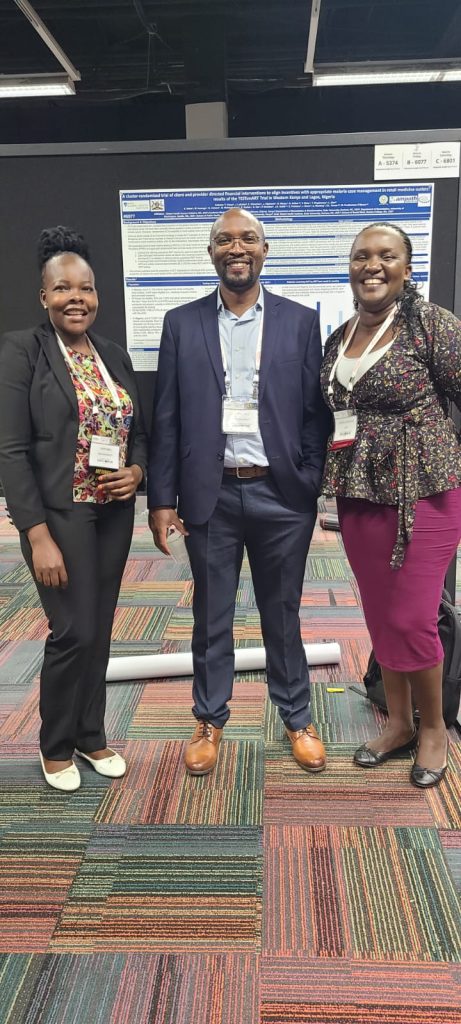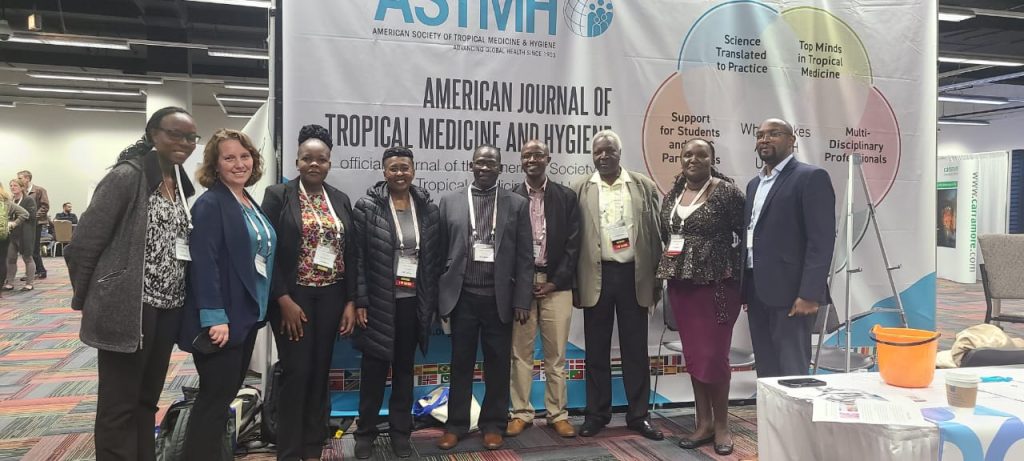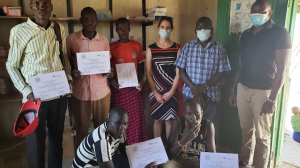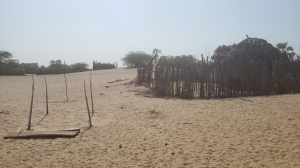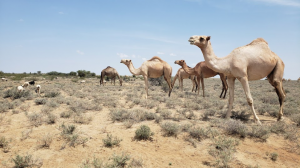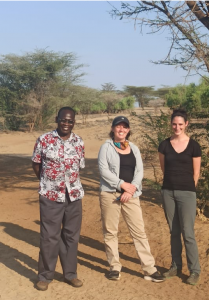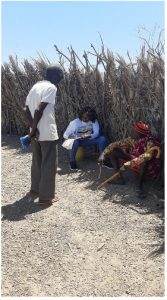 The first ever round of SMC was administered in Northern Kenya, Turkana Central this year in the June – September peak malaria transmission season. This piece explores the community’s experiences with and perceptions of SMC from a leader of a vast and hilly village, Nayanae-Ao.
The first ever round of SMC was administered in Northern Kenya, Turkana Central this year in the June – September peak malaria transmission season. This piece explores the community’s experiences with and perceptions of SMC from a leader of a vast and hilly village, Nayanae-Ao.
“My village, Nayanae Ao spreads across hills. Manyattas are spread out as families are pastoralists and need enough land to graze their livestock. The land is ours, so we all find a place for our animals. It has 5 subvillages; Lopalia, Nayanae-Ao, Nakino; Kaemegur and Ayanae Turkan. In the first and 2nd SMC cycles, the health facility sent a community health promoter (CHP) of another village to distribute SMC in my area. You see, in my village, no one has gone beyond nursery school, therefore nobody can read nor write. For this reason, my village does not have a CHP. There is hope though, 2 villagers have joined the ‘gumbaru’ (adult learning classes in Kalokol – a neighbouring town). When this CHP from Lokalalio unit was sent to distribute SMC, he was not able to reach most households especially in Lopalia.
After the second SMC cycle, the chief asked me to assemble mothers and their children under five years at different points so that the children would gather and receive SMC. The chief trusts me, I am a man of the chief, so I walked to all parts of the village until my feet hurt. I asked them to assemble at different points on different days; like in Kaimegur, they gathered at the waterpoint on Sunday and under a tree in Lopalia on Saturday, this way, most children received SMC.
I am very grateful for SMC. The closest facility, Lokalalio, to my village is 30 Kilometers away. On a good day a motorbike charge Ksh 1500 and Ksh 1000 if you bargain. Since SMC began, very few children have been taken to the health facility because of malaria. Luckily, some families have motorbikes, if a child of the very poor gets sick, their neighbors will carry them to hospital, we do not allow them to suffer, we are a community. You see, in my village, women have another child before the young one grows and often they get sick because the mothers attention shifts to the newborn. I also feel that SMC has protected those young ones, they no longer fall ill all the time.
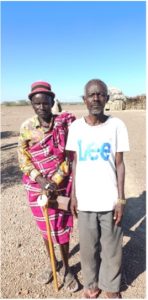
When I received the call from Moi/Duke university about the endline survey, I walked to Lokalalio to find Thomas. He is a teacher and a CHP. They told me that they want a list of all children under five to select some for their work. I am a man of the chief, I always walk around in the village, it is my job to know everything, I know every family with these children Thomas helped me to list them.
It would be good for SMC to continue next year, my people are still having children, there are newborns that will still need it!”
…….Erukudi Edapal



